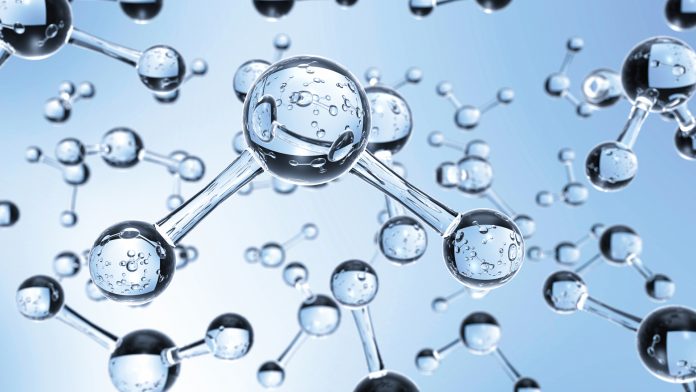A collaborative research team from the University of Barcelona and the University of Nottingham, has created an artificial light-fuelled molecular machine that has potential applications both in the fields of nanomedicine and energy.
What is a molecular machine?
A molecular machine is a series of molecules that can conduct various mechanical movements as a response to a stimulus, which is an important component for the development of different cellular functions.
What was involved in this study, regarding developing the machine?
An indispensable part of the functions of the cells in living organisms is that molecular motors, which are a type of molecular machines, travel through molecular-specific paths. The new system imitates a movement of the kind which takes place along the fibres of the cells.
According to scientists, the results of the research would be an example of an artificial molecular machine, which is probably more similar to cellular molecular motors.
“In this study, we showed that a synthetic self-made molecular fibre in a liquid behaves like a path for the movement of a molecular traveller over a distance 10,000 times its length. The light acts as fuel to favour movement, while a molecular switch mixed into the system propels the traveller into its way,” noted Lluïsa Pérez-García, Professor from the Faculty of ‘Pharmacy and Food Sciences’ at the University of Barcelona.
The research team used interactions between oppositely charged chemical groups to create movement in this static system. This was self-assembled cationic molecule forming fibres (the path), with a fluorescent anionic molecule added (the traveller).
The third element was an anionic molecule that behaved as a molecular switch, which, when it lit up with blue-purple light, weakened the interaction of the traveller molecules with the path and it enhanced the movement of these across the path.
The molecular switches released the heat under irradiation, which was an effect that helped the molecular traveller to move. This means that the mechanic movement of the switch, and the released heat, are important for the system to work.
These effects were observed by scientists through the use of a special optical microscope that enabled researchers to simultaneously excite the molecules, to make them move, and observe them when they lit up, since the traveller molecules were fluorescent.
How was this information used to transport the molecules?
One challenge for the researchers was the ability to transport other molecules from one place to another in a controlled manner, as well as emulating the nature so that these could carry a charge but using light as an energy source.
“This system could be used to conduct chemical tasks, perhaps in miniaturised devices to detect chemical products, and in the application of light-activated drugs,” the researchers noted.
Another potential application is to find new ways to use light energy. Pérez-García concluded: “Since we work moving travellers from one place to another, if we take the energy this new system produces, it would be a simple way of getting energy.”









